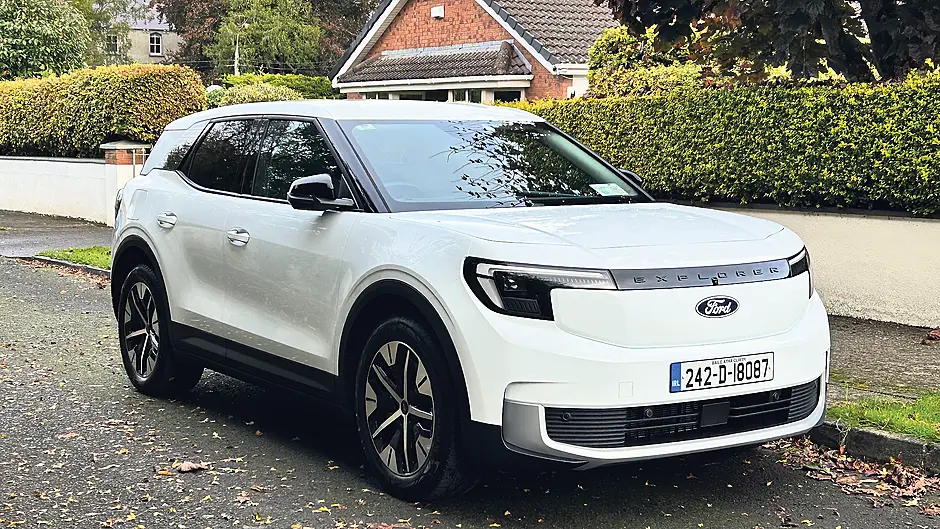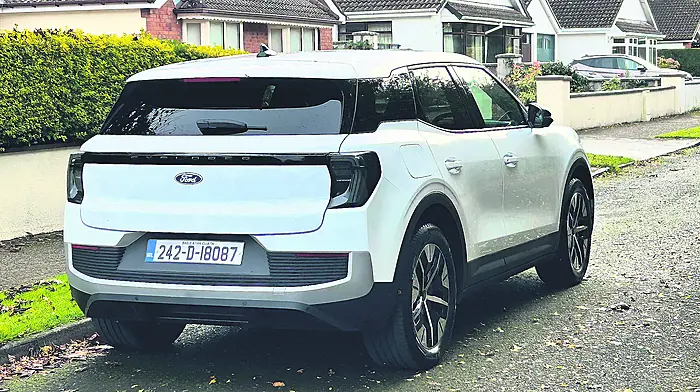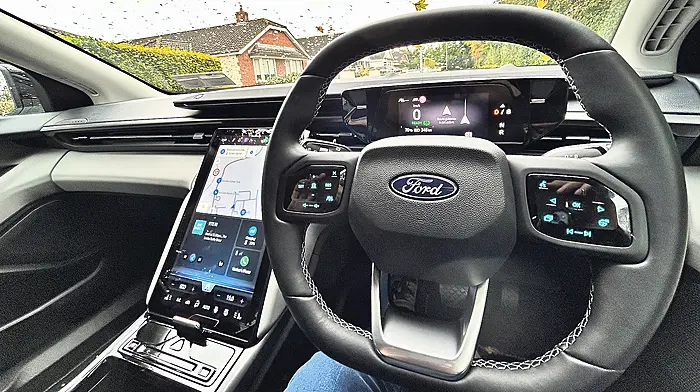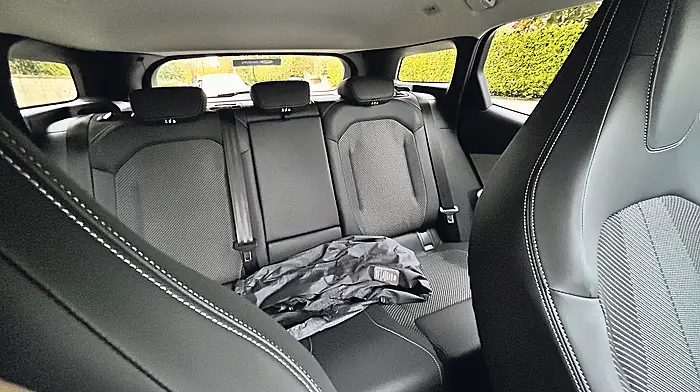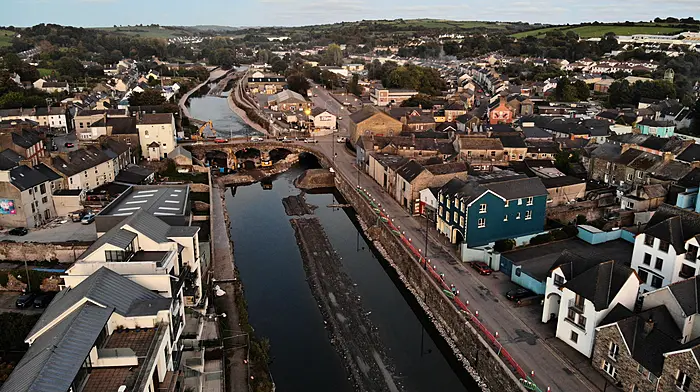BY BRIAN BYRNE
TO all intents and purposes, Ford has just three models in the Irish market — Puma, Kuga, and Focus. Three pillars, at 82% of all Ford sales this year, which are the support for five models selling here.
One of those pillars, Focus, will disappear next year, as did another equally important one, Fiesta, in 2023. Ford sales in Ireland in 2024 are 37% down on the brand’s performance in 2019, when Focus was their biggest seller and Fiesta their second. Can the carmaker afford to lose that other leg?
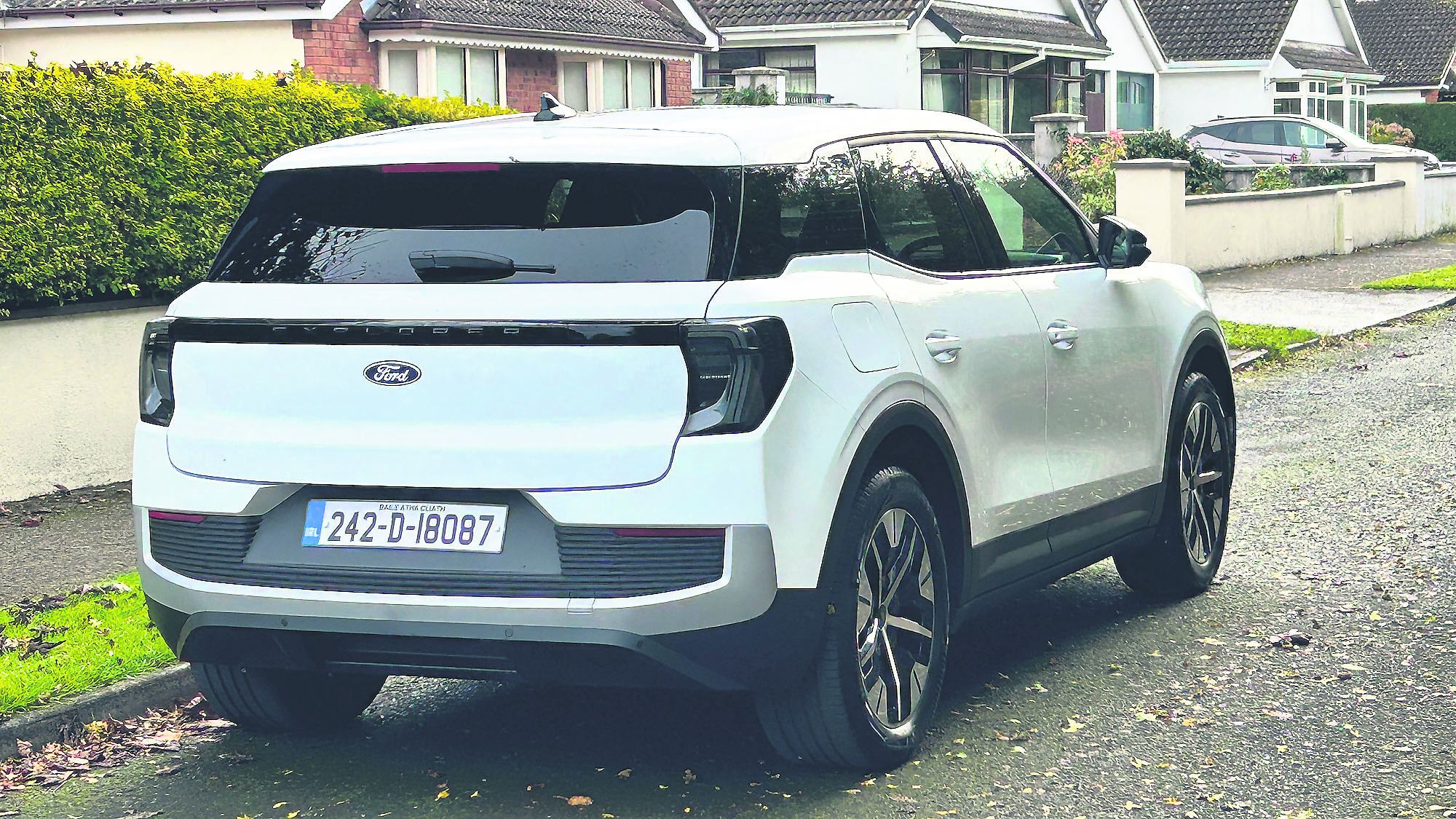
A recent first drive in Ford’s latest offering, the Explorer, got me thinking about a brand that just 10 years ago was constantly tangling tightly with Toyota and Volkswagen for top market share here.
Now in a sad sixth place and dropping. Do they care? At a global level, maybe not. As long as the company’s commercial vehicle range, Transit, keeps the European flag flying profitably. And the American home buyers keep driving big-margin F-150 pickups off the dealer lots.
After one of the most drawn-out pre-launch in this writer’s recent memory, the Explorer EV has landed in Ireland. It is being marketed across Europe as ‘iconic’ — there has been an Explorer SUV in North America since 1991.
And also as an adventurer’s car, with the build-up to launch including an around-the-world trip by influencer Lexie Alford, who holds the record for the youngest person to visit every country of the world.
Explorer is an imposing vehicle, looking larger than the VW ID.4 to which it is related by technology agreements between the two brands, though it is actually shorter. A high flat front, substantial side view sheet metal, and a strong rear treatment push the utility aspect with some good old Ford style, a skill in which the company has always excelled.
Inside, the stylists have also worked some Ford magic, in this car’s case suggesting topical sustainability with a very clean and unadorned design. But retaining a sense of quality that the car should have, not least because of its price segment.

The vertical 14.6-inch centre screen is dominant, but set below the dashboard top line so it doesn’t get in the way visually.
It is one of the better such systems I’ve used, intuitive and not requiring much menu-jumping for key functions.
The driver information panel through the squircle (yep, that’s how Ford describes the shape) steering wheel shows just the right amount of information in good graphics, much of which in my first drive car was repeated in a bright head-up display.
Using the in-built navigation as opposed to my usual Google Maps actually proved to be quite satisfying, with the advantage that directions also repeat in the head-up.
That thing that looks like a small surfboard on the dash is actually a sound beam

Volume for the driver is easily adjusted by steering wheel controls, but passengers can get frustrated with the VW-style finger-slide or tap control located at the base of the centre screen.
This on my first experience is a very comfortable and nice riding car, and very roomy even though it’s actually smaller in all exterior dimensions than stablemate combustion-PHEV Kuga.
I was impressed with the driving experience.
I’ll have more detail when I get a full review chance. But it has the look and feel of a very good car.
However, it’s not a replacement for the Focus, and certainly not for the much-loved Fiesta which was the choice for generations of first-time drivers.
Ford has suggested a new small EV for Europe in 2026, but there’s no doubt the blue oval has struggled to hold onto the ball in its European strategy.
The verdict
What I liked: Ford can still do style that satisfies.
Price: From €42,119

